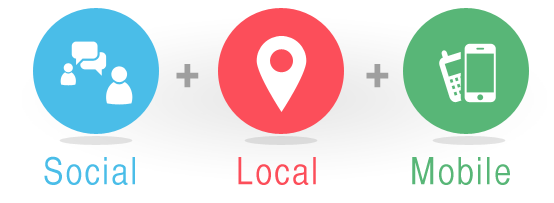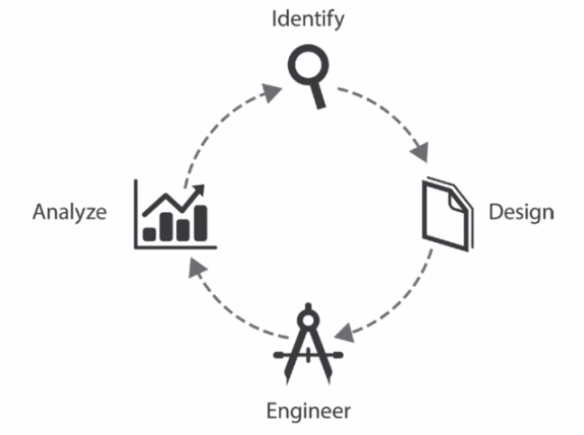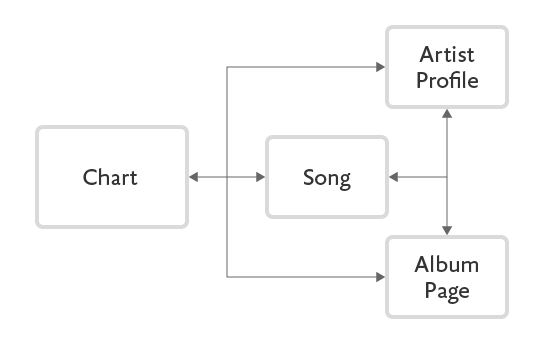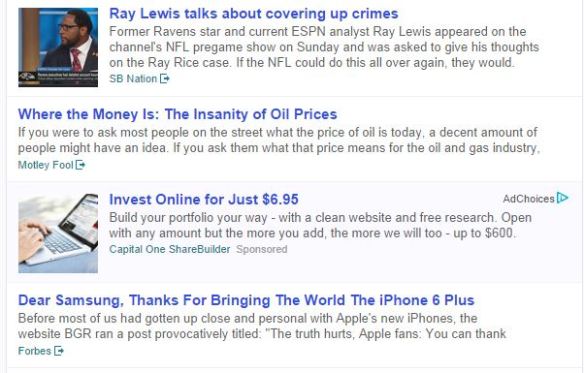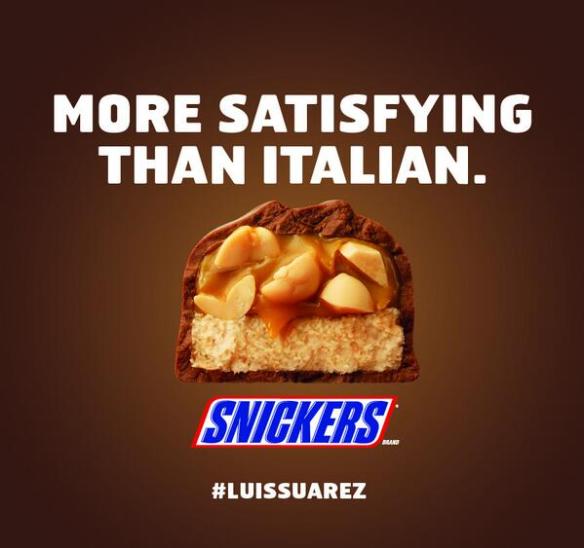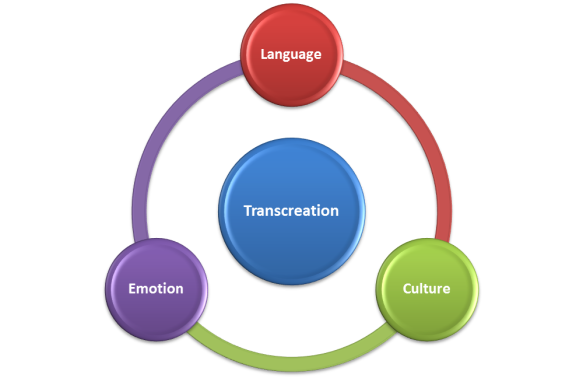Finally… my SoLoMo post. Since I named my blog by this emerging media buzzword, it’s only fitting that I dedicate my last entry to ‘social-location-mobile,’ or SoLoMo for short.
This term stemmed from “hyperlocal search” in which results were be displayed based on a person’s location. But now with the so many smartphones and tablets serving as the primary search method AND with the integration of GPS and social media platforms, industry experts now call this mobile-centric trend “SoLoMo”… or LoMoSo… or MoSoLo… or MoSoLo… or…
Specifically, John Doerr, Bing Gordon, and chi-Hua Chien coined the phrase in 2011 as a way to summarize the three hot trends. “We thought what we should really do is try to put an inclusive concept around these three megatrends that seem to be driving a lot of new value, and point out that it is at the integration of these three megatrends that a lot of products and services are being created,” Chien said in 2013 Mashable article.
The 2014 HBO hit show Silicon Valley parodied this buzzword, as well as a few other clichéd terms in this fun clip.
What does this mean for emerging media?
Though the term is incredibly overused and the source of many parodies, the sentiment is still strong. Foursquare is a good example of this – gamification using mobile phones to perform social ‘check-ins’ based on location. Location accuracy on mobile devices, plus the ability to incorporate social platforms like Facebook, Twitter, and Instagram allow for highly targeted and highly relevant content. Brands engaging in a mobile-first strategy must consider the implications of layering geo-location and social networks to increase awareness.
Is this term here to stay?
The term SoLoMo may bite the dust (and many people hope that it does), but the concept will definitely stick around. With emerging media under continual iteration and with technology improving day-after-day, I expect social-location-mobile relevancy to expand to provide users with better results and brands with better engagement.

